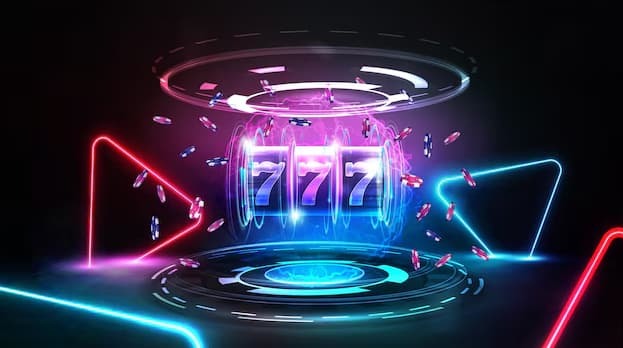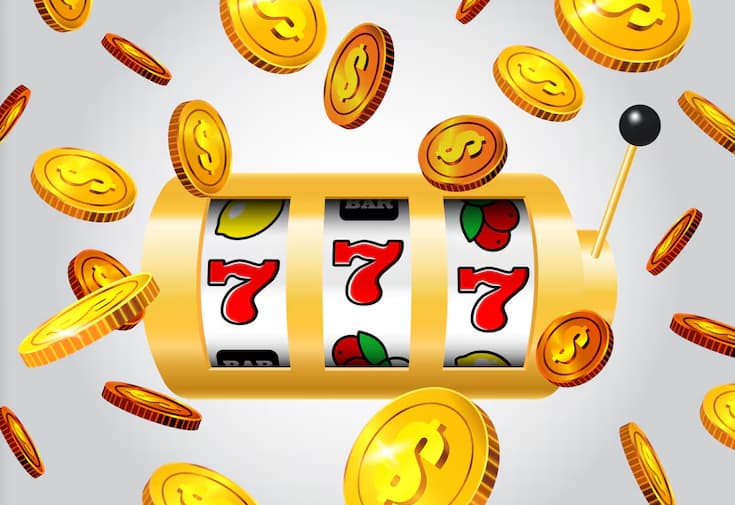Walk into any online casino, and the first thing you’ll notice isn’t the visuals — it’s the sound. Audio plays a crucial role in slot games. This is especially true in non Gamstop casinos UK, where game developers look for fresh ways to capture player attention. But where does this sound come from? Who writes it? And how is it produced? The answer lies deep inside the recording studio, where composers, sound designers, and engineers craft audio that’s meant to excite, reward, and sometimes even manipulate.
This article explores what goes into creating music for slot machines — from the initial brief to the mastering stage. It’s not just about catchy jingles; it’s about shaping player behaviour through sound.

The Brief: Music with Purpose
Slot music isn’t created for art’s sake. Every sound serves a purpose — to trigger emotion, build anticipation, and signal reward. When a studio gets a brief from a casino game developer, it often includes:
- Target audience (casual players, high rollers, mobile users)
- Game theme (Egyptian, fruit, cyberpunk, Irish folklore)
- Intended emotional arc (tense, energetic, relaxing, suspenseful)
- Functional elements (spin loop, bonus win, jackpot sequence)
The sound designer must interpret these requests and translate them into a musical language. A fruit slot might call for short, cheerful tones, while a gothic vampire-themed slot may require dark, orchestral textures with minor key progressions.
Choosing the Right Studio Setup
Producing music for slots doesn’t require a massive studio, but the setup still needs to meet high professional standards. The environment should allow for precise sound monitoring, as audio needs to translate well across all kinds of speakers, from phones to high-end headphones.
A typical session includes:
- Digital Audio Workstation (DAW): Most studios use Logic Pro, Cubase, or Reaper for slot music.
- Virtual Instruments: Libraries like Native Instruments, Spitfire Audio, and EastWest provide orchestral, electronic, and ethnic sounds.
- Sound FX Suites: Tools such as Soundtoys, iZotope, and Krotos for audio manipulation.
- Monitors & Headphones: Accurate reference monitors are key. Music must sound clean, but not too intrusive.
- MIDI Controllers & Synths: Some composers use modular gear for more experimental slots.
Even for short jingles, the workflow is structured and technical. Precision is non-negotiable — every second counts.
Composing for Loops, Layers, and Triggers
Unlike a typical song with a fixed structure, slot music is event-driven. This means the composer has to write:
- Looped background music: It must repeat endlessly without sounding annoying.
- Trigger-based sounds: These include win cues, spin activations, bonus entries, and jackpots.
- Layered FX: Ambient layers that adapt to what’s happening in the game.
The music often sits in the background while sound effects sit up front. Balancing these layers is tricky — they must support each other without becoming chaotic.
For example, during normal spins, a light melody might play on loop. But when a player lands two bonus symbols, a rising tonal layer begins, subtly building suspense. If the third bonus hits, the entire sound palette explodes into a celebratory sting.

Genre, Tempo, and Tonality: Designing Player Emotions
The style of music is determined by the slot’s theme, but there’s more to it than matching the setting. Tempo, rhythm, and tonal choices are key to how a player feels while spinning.
- Fast-paced EDM works well for high-action slots — it keeps players alert and reactive.
- Celtic or acoustic music often suits “luck-based” slots, adding a magical feel.
- Jazz or funk is used in classic fruit machines, evoking nostalgia.
- Orchestral cues are ideal for high-stakes or mythological themes — they add grandeur.
Tempos usually fall between 90 and 130 BPM, allowing flexibility between relaxing and energising. Tonality tends to stay in major keys for small wins, while bonus rounds often shift to minor or modal scales for dramatic effect.
A clever trick many composers use is progressive layering — slowly adding new musical elements as spins continue. This creates the illusion of rising tension and keeps players mentally engaged.
Recording and Sample Libraries
Most slot music is produced using a combination of sample libraries and digital synthesizers, but in some cases, studios bring in real instrumentalists for authenticity.
For example:
- A mariachi-themed slot may include real trumpet or nylon guitar recordings.
- An ancient China-themed slot could use sampled guzheng or live percussion.
- A horror-themed slot might require live string scraping or whispering effects.
Voice acting is another critical piece. Character-based slots often feature short vocal exclamations — laughter, reactions, or catchphrases. These are recorded in isolation booths, edited tightly, and layered with reverb or distortion depending on the theme.
Sound FX: The Invisible Driver of Engagement
Though music is central, it’s the sound effects that push emotional buttons. Every click, spin, coin drop, and symbol landing is crafted individually. These aren’t just add-ons — they are designed with psychological precision.
For instance:
- Low-frequency hits suggest weight and value (e.g., for jackpot wins).
- High-frequency pings suggest lightness and speed (used for bonus hints or near misses).
- Layered textures — such as metal + sparkle + chime — make “big win” moments feel satisfying.
Many sound effects are designed to simulate physical objects, like levers, gears, or coins. This builds a bridge between traditional slot machines and digital ones, helping players feel at home even in a virtual casino.
Mixing and Mastering for Slots
Once all elements are recorded, they must be carefully mixed and mastered. The final audio should:
- Be clear on low-quality mobile speakers
- Avoid clashing frequencies
- Sit well with voiceovers and visuals
- Not overpowering gameplay
Compression and limiting are applied to maintain consistent loudness. Stereo width is often narrowed to keep everything centre-focused for mobile devices.
In some cases, separate audio versions are delivered for different markets or regulations. For example, in the UK, audio levels must meet standards to avoid misleading signals or exaggerated win sounds.
Adaptive Audio in Modern Casino Games
Modern slot music is increasingly adaptive, changing in real time based on the player’s progress. This is similar to audio in video games, where music responds to gameplay.
Imagine this structure:
- Level 1: Calm background loop.
- Level 2: Slightly more intense variation with added percussion.
- Level 3 (Bonus Round): New melody, double tempo, more FX.
- Big Win: Unique jingle with temporary override.
To achieve this, composers often write modular audio blocks that can be rearranged or triggered by game logic. The DAW project itself might look like a branching tree instead of a linear song.
Collaboration with Developers
Creating slot music isn’t done in isolation. Studios regularly collaborate with:
- Game developers: to match visuals and timing.
- Mathematicians: to align sound cues with payline logic.
- Legal teams: to comply with licensing rules.
- Casino operators: to tailor sound to player demographics.
A composer might work on 10–15 sound assets for a single game, often under tight deadlines and with multiple revisions. Feedback loops are part of the job.
Final Thoughts
Slot machine music may be short, but it’s far from simple. Behind every spin is a carefully designed soundscape built to support attention, emotion, and decision-making. Everything is intentional — nothing is random.
In non-Gamstop casinos UK, where games are constantly evolving and pushing the creative envelope, sound design is one of the key ways to stand out. Music may be invisible, but in this business, it speaks louder than visuals.
And the next time you spin those reels — listen closely. Someone in a studio made every note count.
